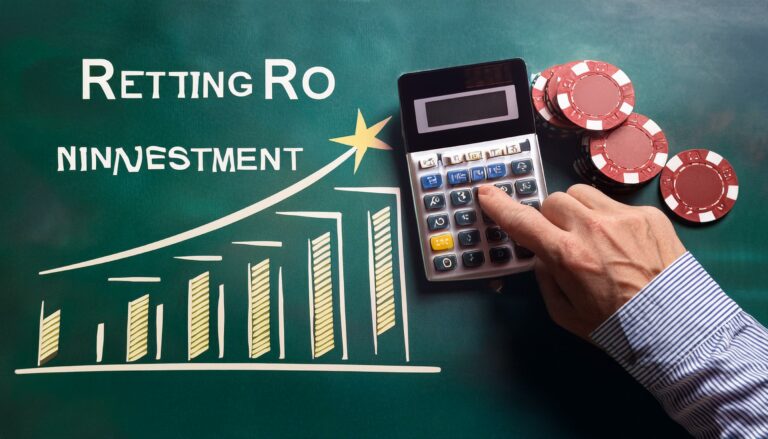The Evolution of IPL Player Auctions: Trends and Controversies
Reddy Anna Book, Reddy Book Club: The demand for skilled players within the cricket ecosystem continues to propel auction prices to unprecedented heights. Clubs and franchises are often willing to splurge significant sums to secure top talent that can potentially enhance their on-field performance. This fierce competition among teams to acquire the best players drives up auction prices year after year.
Another crucial factor influencing player auction prices is the concept of supply and demand. If there is a limited pool of established players available in a particular auction, the bidding wars intensify as teams compete for a smaller talent pool. This scarcity of top-tier players can lead to inflated prices, with franchises willing to pay a premium to secure the services of a proven performer.
Shift in Focus from Established Players to Young Talent
One noticeable trend in recent years in player auctions in various sports leagues is the shift in focus from established players to young talent. Teams are increasingly opting to invest in emerging, promising players who have the potential for growth and development, rather than solely relying on seasoned veterans. This change in strategy is driven by the desire to secure long-term success and build a strong foundation for sustained competitiveness.
Young talent offers teams the advantage of potential high performance coupled with cost-effectiveness. By recruiting and nurturing promising players early in their careers, teams can harness their energy, enthusiasm, and eagerness to prove themselves, resulting in a dynamic and motivated squad. Additionally, investing in young talent allows teams to shape and mold players according to their specific requirements and playing style, ensuring a cohesive and harmonious team dynamics that can lead to on-field success.
Role of Data Analytics in Auction Strategies
Data analytics has become a vital tool for teams in strategizing their player auctions. By analyzing vast amounts of data, teams can identify undervalued players, assess performance trends, and mitigate risks associated with high-priced acquisitions. This data-driven approach allows teams to make more informed decisions and maximize the value they get from their auction budget.
Furthermore, data analytics plays a key role in understanding market trends and player valuation in the ever-changing landscape of sports auctions. Teams can leverage statistical models and predictive analytics to forecast player performance and determine the optimal price to bid for a player. This analytical approach helps teams stay competitive in the auction process and adapt their strategies to secure the best players within their budget constraints.







